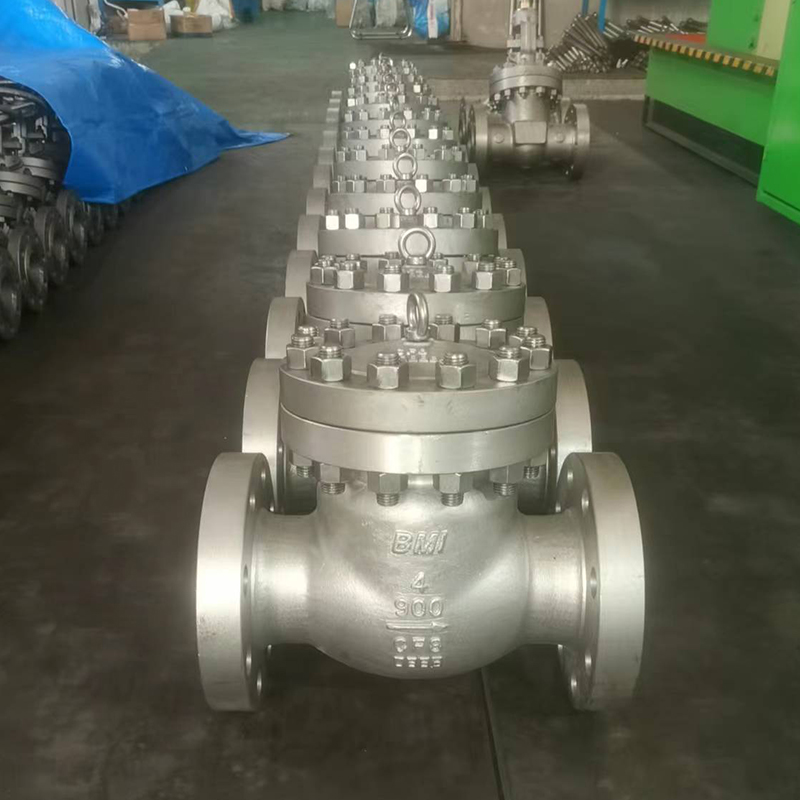
A Flanged Ball Check Valve plays a crucial role in maintaining the proper direction of fluid flow within a piping system. This type of valve uses a spherical ball to prevent backflow, automatically closing when the fluid attempts to reverse direction. It is commonly used in water supply, sewage, chemical processing, and industrial systems where dependable one-way flow is essential.

The flanged connection allows the valve to be securely bolted between two pipe flanges, offering easy installation, removal, and maintenance. This connection type also enhances sealing reliability and mechanical strength, making it suitable for medium- to high-pressure systems. The valve body is typically made from cast iron, ductile iron, or stainless steel, depending on the fluid type and environmental conditions.
One of the beneficial features of the Flanged Ball Check Valve is its simple design. The internal ball moves freely within the valve body, responding to flow pressure. When fluid flows forward, the ball is pushed away from the seat, allowing passage. When flow reverses, the ball returns to its seat, blocking the passage and preventing reverse flow.
To keep the system flowing smoothly, the valve must be installed in the correct orientation and inspected periodically to ensure the ball and seating surfaces remain clean and undamaged. Debris buildup or wear can impair sealing efficiency, backflow issues.
The Heavy Duty Forged Steel Check Valve is specifically designed for demanding industrial environments where high pressure, high temperature, and potentially corrosive media are present. Forged steel provides enhanced strength and grain structure compared to cast alternatives, which makes this valve highly suitable for applications such as oil and gas, power generation, and chemical processing.
One of the key features of the Heavy Duty Forged Steel Check Valve is its mechanical durability. Forging improves the uniformity of the metal, reducing the risk of weak points that could failure under stress. This makes the valve a strong candidate for critical pipelines where reliability is paramount.
These check valves typically feature bolted bonnet or pressure seal designs, which contribute to tight sealing even in high-pressure environments. The internal components, such as the disc and seat, are precision-machined to ensure a snug fit and minimal leakage. Hard-faced or alloy-seated options are often used to enhance wear resistance and extend operational life.
Another feature of the Heavy Duty Forged Steel Check Valve is its compact design. Compared to some cast valves, forged options can offer the same level of performance in a smaller footprint, which is valuable when space is limited. Many valves in this category also comply with stringent industry standards such as API, ASME, and ANSI, ensuring compatibility with regulated systems.
Maintenance of this valve is typically straightforward. Thanks to the robust construction and high-quality materials, the valve can handle long operating cycles with minimal servicing. However, regular inspection of sealing surfaces and movement of the internal disc is recommended to ensure continued performance.
The Heavy Duty Forged Steel Check Valve combines structural integrity, reliable backflow prevention, and adaptability to a range of demanding applications. Its forged construction provides strength and longevity, making it a preferred choice in industries where consistent flow control and equipment protection are critical.

